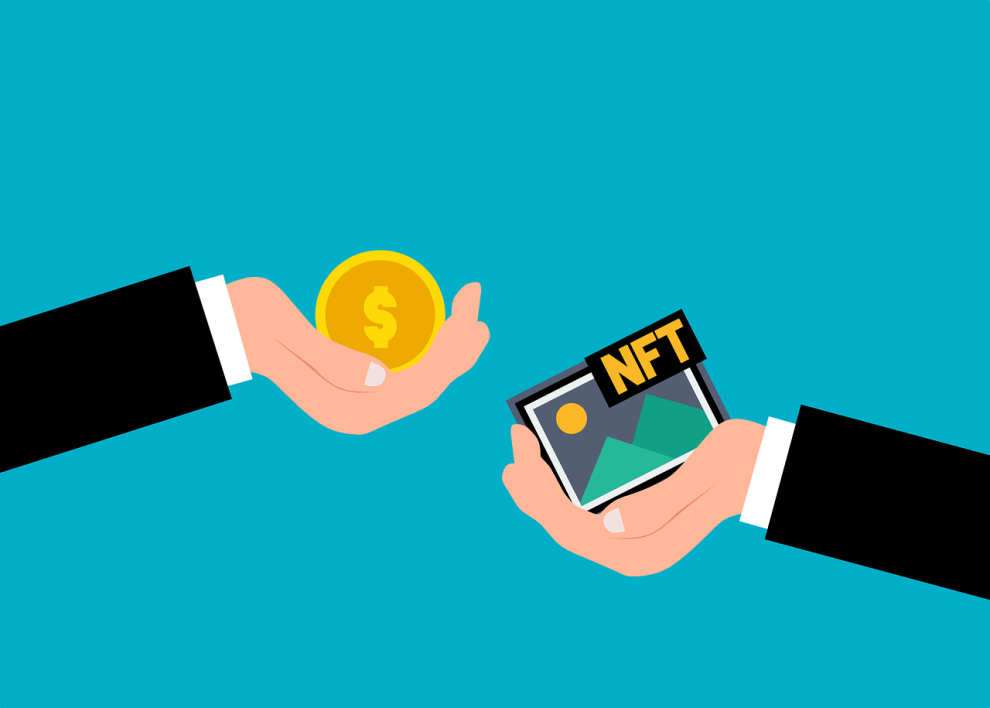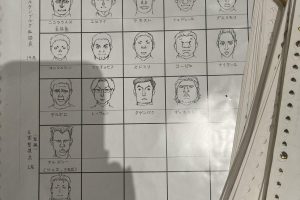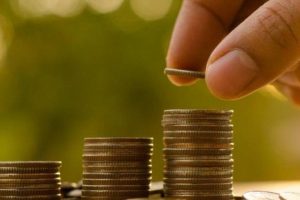For some time now, various forums dedicated to discussing technological and financial developments (cryptocurrencies, in their most varied forms, be it ethereum, bitcoin, tether, dogecoin, among others), have been echoing a new way of making investments and exchanging assets, through their tokenization. According to Martin Maestu, recognized consultant financial technology specialist, “the benefits of this disruptive and novel way of carrying out investments are driving changes in various markets in different sectors around the world.”
These methods can be applied to generate investments in mining, agricultural, and sports projects, but one of their greatest applications is in the real estate environment, where there are already properties and buildings that were built using tokens.
Tokenization of digital assets as a concept
To begin our approach to this form of financial exchange, we must start by defining the word token.
Martín Maestu explains that “the word ‘token’ comes from the Old English word ‘tacn,’ meaning ‘symbol’ or ‘sign.’ Tokens have been used for centuries to represent a variety of things, including money, units of measurement, and property rights. In computer terms, tokens are used to represent a variety of data, including text, numbers, and dates.”
As we anticipated, these assets are often associated with digital assets, such as cryptocurrencies, but they can also represent rights of access, ownership, participation in a project or even a physical good.
Both in the medium and short term, the tokenization of digital assets has a promising outlook. So much so that we can see that in the last two months this category known in English as Real World Assets (real world shares) has risen to number ten among the most used DeFi categories in the real world (DeFi is decentralized finance). Sector specialists expect it to reach the top six, because every day more investors tokenize their assets, turning them into Real World Assets.
What benefits does the tokenization of real-world assets generate?
Trying to cover the number of benefits that the tokenization of real-world assets brings us is a difficult task for the length of this note. But, in summary we can name that, first of all,They bring greater security to transactions. Martín Maestu highlights that by using the blockchain to carry out exchanges between investors, we see that the traceability of operations is very easy to track, thus avoiding situations of insecurity and mistrust when entering this type of market. In short, the transparency and security of this method for making investments is one of its strengths.
On the other hand, barriers to market entry are reduced. Maestu points out that “this is a direct effect of tokenizing real-world assets, because through this modality investors with smaller amounts of capital can gradually acquire different tokens, until they can acquire all of them that represent a property or a right.” Therefore, from the reduction of barriers to market entry we see that a direct democratization of the markets occurs, indirectly favoring healthy competition between investors.
They also generate liquidity in illiquid or low-liquidity markets. This is another of the great benefits that this method provides. We see that since it is so simple to exchange the tokens representing rights or shares, added to the fact that entering the market is not difficult, the exchange of assets between people is radically simplified.
And finally, the number of intermediaries is reduced. Maestu emphasizes that “by using blockchain technology, as well as by doing everything digitally, there are fewer and fewer people acting as intermediaries in the conduct of the transaction.” A side effect of this simplification of the steps required to invest is the decrease in the value of the assets being exchanged, since costs also decrease.
Steps to tokenize an asset
The process of tokenizing digital assets involves several steps, which require our attention, due to the seriousness of the topic we are dealing with, but it is not necessary to have specific or technical knowledge. Let’s see.
The first step we must take is to select the asset on which we will carry out the transaction. It is important to ensure that it is a divisible asset with a clear economic value.
«Once we have chosen our asset to tokenize, we must proceed to represent it in digital form, creating the corresponding token for each fraction of our asset. At this point we must choose the blockchain platform that we will use to host and manage the token process. Let us remember that block technology is the basis of the security of all transactions of this type» explains Martín Maestu.
We will then proceed to issue the tokens. It is in this step that we will define aspects of great relevance for future transactions, that is, we will determine the total amount of tokens, the value that each one will have and the ways in which they will be distributed.
Finally, we will have to offer them to potential investors, allowing them to buy and own fractions of the asset. It is always important to take into account the legal and regulatory framework of the jurisdiction where we are carrying out the operation, in order to generate greater confidence and security in the transactions.
The future of finance?
As a result of the great benefits that the tokenization of digital assets brings, we can assure that it is a method that is gaining greater relevance every day among investors around the world.
In fact, specialists predict that by 2030, sixteen trillion dollars of the total assets that represent the global economy will be digital tokens.







![[Img #74683]](https://thelatestnews.world/wp-content/uploads/2024/12/The-main-mistakes-to-avoid-when-betting-on-electronic-sports-150x150.jpg)









Add Comment